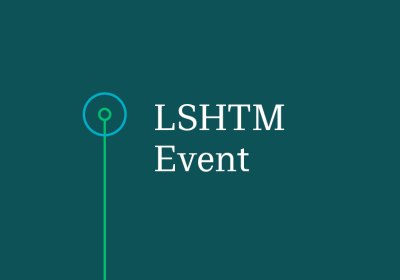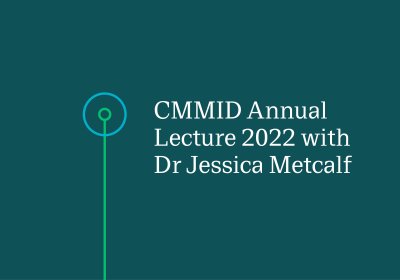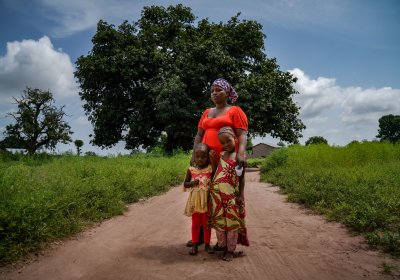Disentangling the mode of transmission and impact of the environment when modelling zoonotic diseases
Lassa fever and Campylobacteriosis as case studies
Modelling zoonotic diseases presents many challenges. Here we focus on two key problems: how to separate the contribution of human-to-human transmission from zoonotic spill over, and how to disentangle and quantify the contribution of each environmental factor driving the disease. We consider two exemplary cases: (i) Lassa fever, a rodent-borne disease endemic in West Africa for which we argue that human-to-human transmission might play an important role, and (ii) Campylobacteriosis, a zoonotic gastro-intestinal disease exhibiting puzzling patterns such as a steep increase in the incidence in England and Wales during the early summer. Although these diseases are really different from a biological point of view, the mathematical approaches to address the problems above present many similarities. I will discuss these models, challenges and opportunities for developing novel approaches.
Admission
Contact




